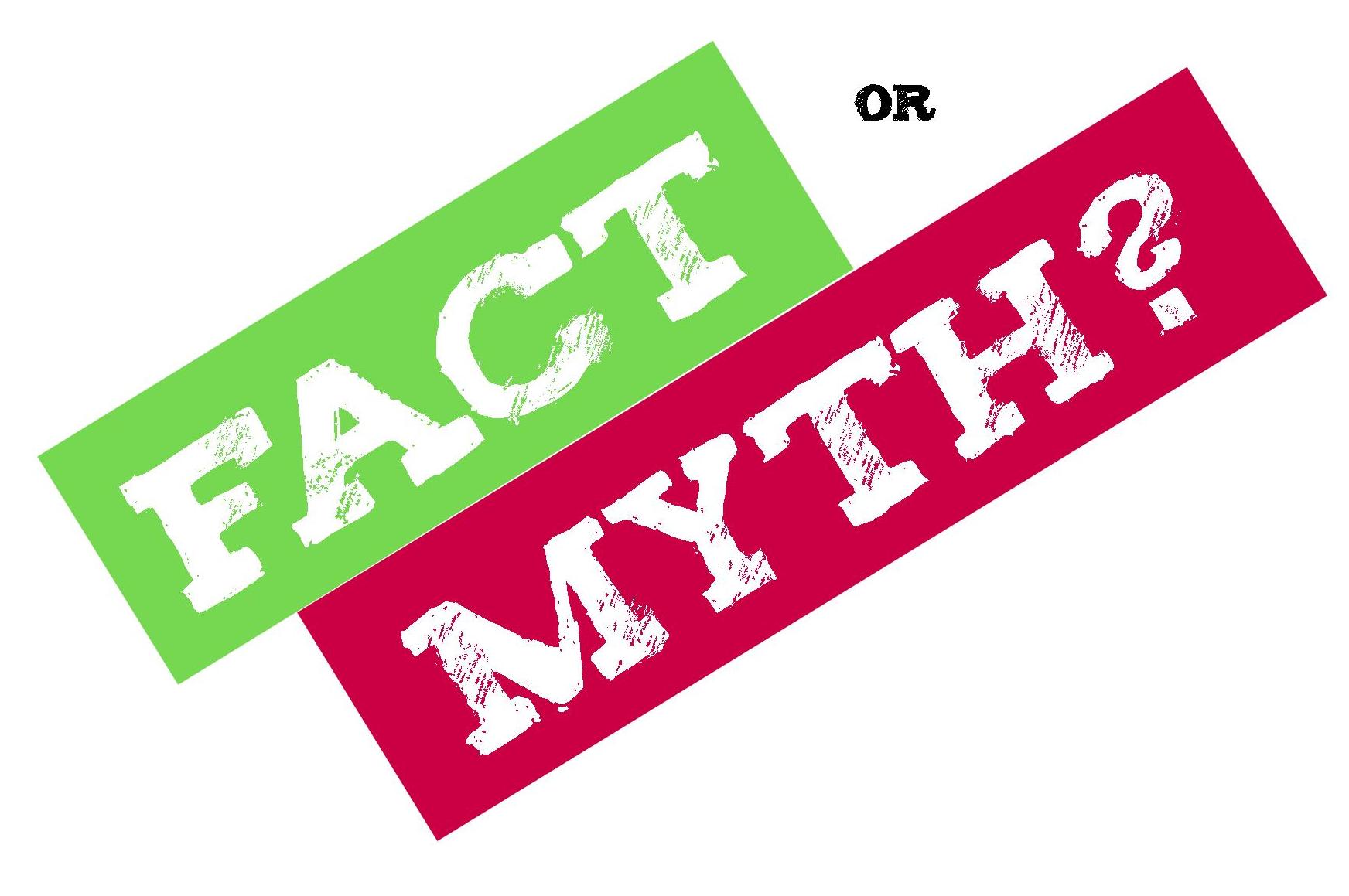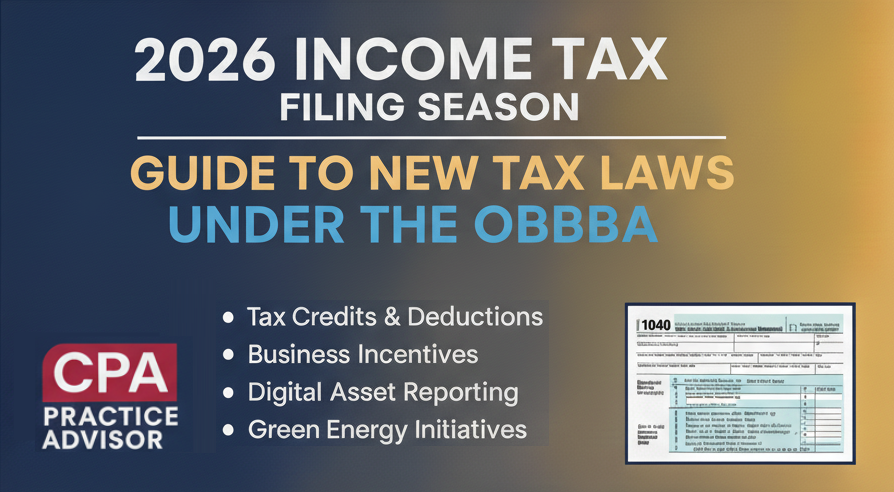As if Black Friday shopping and the hustle and bustle of the holiday season weren’t taxing enough, it’s also time to think about tax reporting. This time of year, it can be difficult to keep track of our schedules and to-do lists, let alone the ever-changing tax reporting requirements for businesses.
Greatland, a provider of W-2 and 1099 products for businesses, receives thousands of calls each year from questioning customers who often mistakenly believe in one of the many tax myths that plague the industry. But what exactly is a tax myth?
- Tax myth ’taks ’miTH noun: A FALSE idea or story believed by many regarding the annual fee required by the government to support specific facilities or services.
Failing to understand the real truth behind these myths can cost your business the cost to refile or potentially steep fines if reporting is not completed correctly. Greatland breaks down fact vs. fiction for this filing year so companies can be better prepared.
W-2 & 1099 Form MYTHS vs. REALITIES
- Myth: State 1099 reporting is not required if there is no state tax withheld.
Reality: Check your state’s 1099 filing requirements. Many states require 1099s to be filed even if there is no state tax withheld.
- Myth: Copy A of Form 1099 can be printed in black ink and filed to the IRS.
Reality: Copy A of Form 1099 must be printed in red drop-out ink in order to be properly processed by IRS.
- Myth: All employers offering coverage under an employer-sponsored group health plan must report the cost of the coverage on the employee’s W-2.
Reality: Until the IRS issues final guidance for this W-2 reporting requirement, reporting is not mandatory for those employers who filed less than 250 W-2s.
- Myth: In order to prevent identity theft, the taxpayer identification number (TIN) can be truncated (ex: XXX-XX-1234) on Form W-2.
Reality: TIN truncation applies to any federal tax-related payee statement unless prohibited by the Internal Revenue Code, regulations, or guidance. TIN truncation is prohibited on Form W-2, but is acceptable on payee statements for Form 1098 series, Form 1099 series, and Form 5498 series. TINs that may be truncated include social security numbers (SSNs), individual taxpayer identification numbers (ITINs), adoption taxpayer identification numbers (ATINs), and employer identification numbers (EINs).
- Myth: If an employer gives a worker freedom to act, the worker should be classified as an independent contractor.
Reality: The general rule is that an individual is an independent contractor if the payer has the right to control or direct only the result of the work and not what will be done and how it will be done. An individual is an employee if the employer can control what will be done and how it will be done even if the employer gives the employee freedom of action.
- Myth: Using the combined federal/state 1099 filing program meets all the state’s 1099 filing requirements.
Reality: Not all states participate in the combined federal/state program, and many states that do participate in the program still require 1099s with state withholding to be sent directly to the state.
- Myth: The e-file threshold for state W-2/1099 filing is the same as the federal e-file threshold.
Reality: Each state can set its own e-file threshold. Check your state’s requirements to ensure that you are in compliance.
- Myth: When filing on paper, one Form 1096 can be used for one submission of multiple 1099 form types.
Reality: A separate Form 1096 is required for each 1099 form type being submitted to IRS on paper. (Example: If filing both 1099-INT and 1099-DIV forms, two 1096 forms would be required.)
- Myth: When filing W-2s and 1099s on paper, a filer is required to use the official forms supplied by the IRS.
Reality: Substitute W-2 and 1099 forms are acceptable for filing as long as they meet the specifications outlined in IRS Publications 1141 and 1179 respectively. - Myth: Payments made to corporations are not reportable on Form 1099-MISC.
Reality: Generally, payments made to corporations are not reportable on Form 1099-MISC; however, there are exceptions. The following payments made to corporations must be reported on Form 1099-MISC:
- Medical and health care payments
- Fish purchases for cash
- Attorneys’ fees
- Gross proceeds paid to an attorney
- Substitute payments in lieu of dividends or tax-exempt interest
- Payments by a federal executive agency for services
You can find more helpful year-end reporting information at Greatland’s Resource Center.
Thanks for reading CPA Practice Advisor!
Subscribe Already registered? Log In
Need more information? Read the FAQs
Tags: Income Taxes, Taxes




![natural_disasters_list_1_.56117a5e5df03[1]](https://www.cpapracticeadvisor.com/wp-content/uploads/2021/12/natural_disasters_list_1_.56117a5e5df03_1_.61c1db14bf0ea.png)